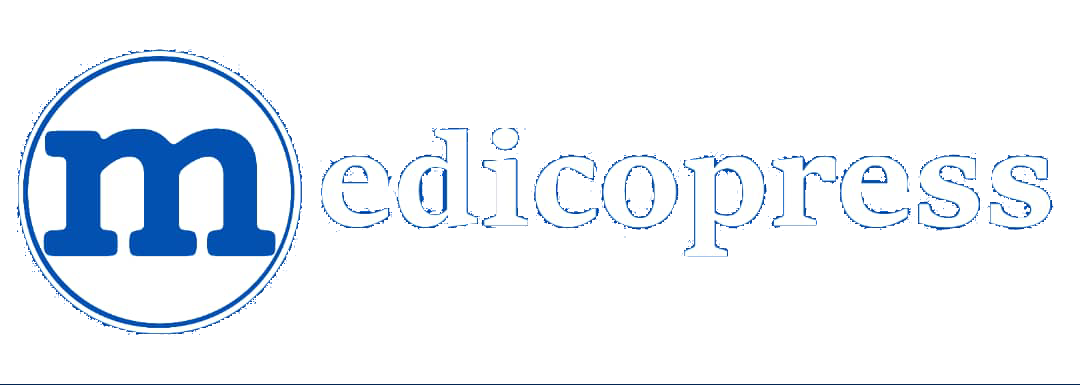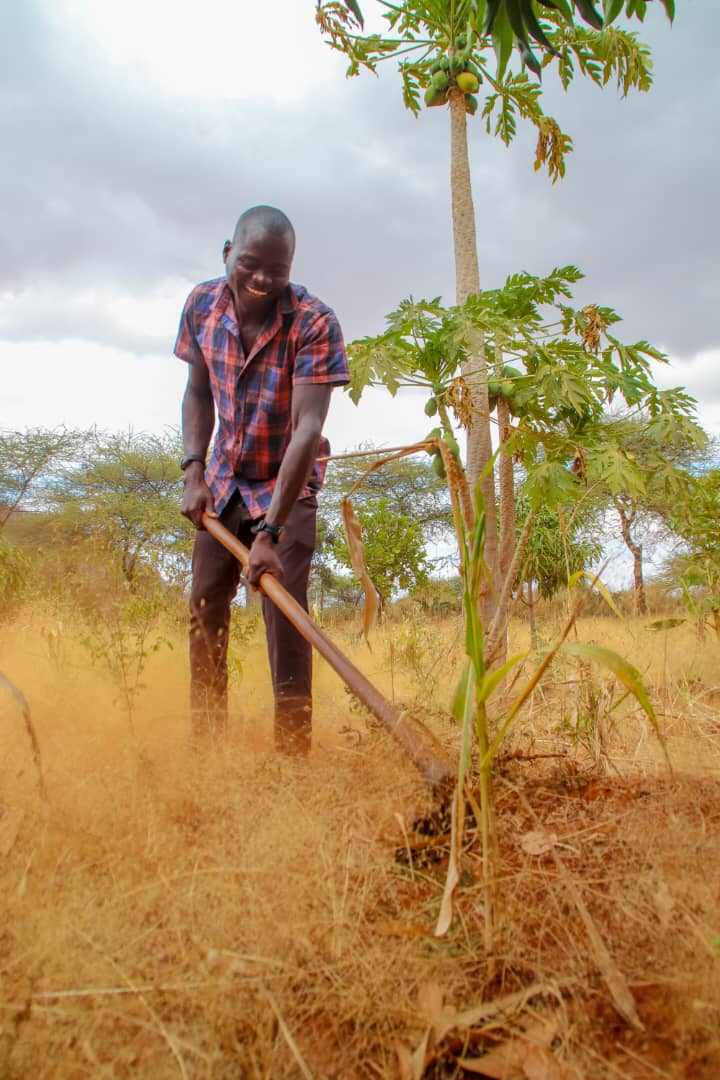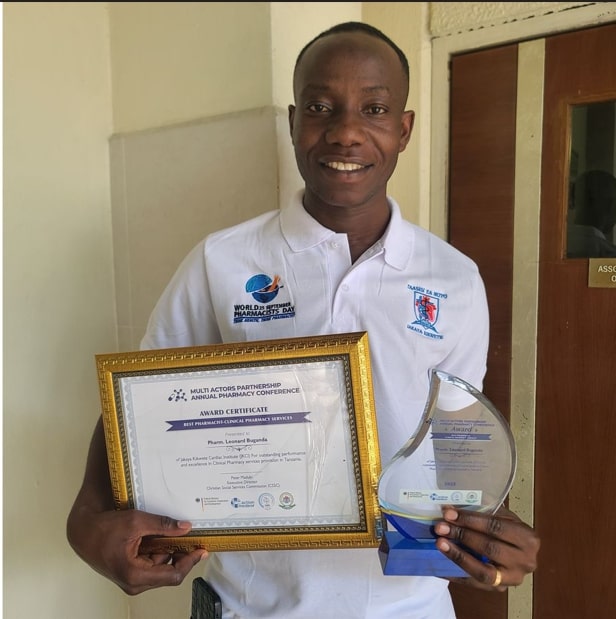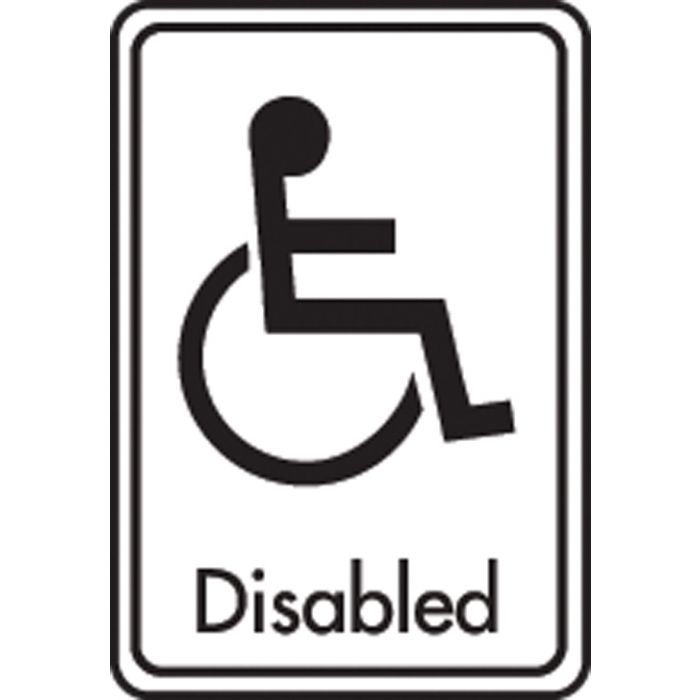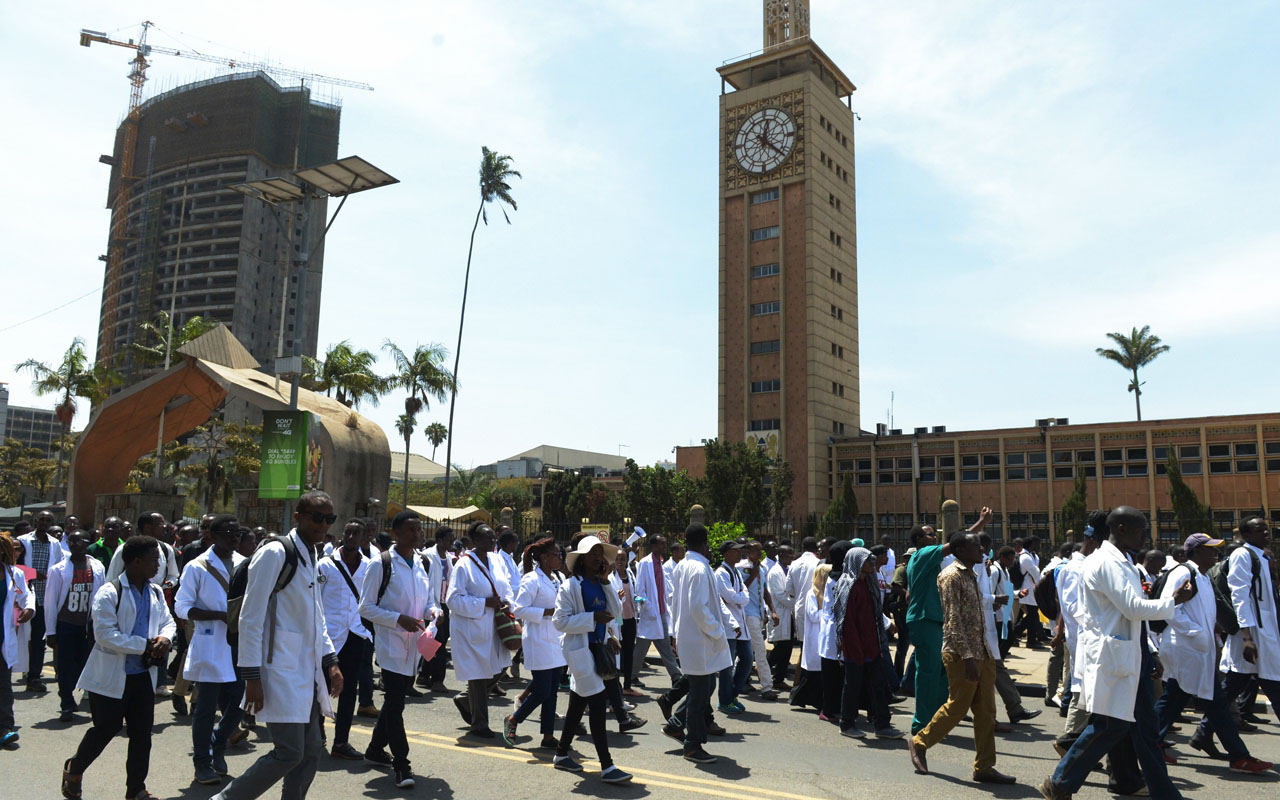When I graduated from medical school as a doctor about a decade ago, I knew for sure that I was entering the world of medical practice as a novice, with so much ahead of me to learn—and that’s the reality for many professionals of my calibre, at that stage.
However, just two years into the real practice at the Morogoro Regional Referral Hospital, my encounter with a deaf patient left me wondering if I had missed something from my medical school curriculum back in the days.
That day, a 19-year old girl entered the doctor’s room. She was visibly ill, and in the company of a woman in her 30s. I later diagnosed that she was HIV positive and needed broader support from me as a doctor.
As a matter of principle, the girl should have entered the room privately—and I was naturally beginning to question issues to do with privacy. But the first few seconds of my failed conversation with her revealed something: The woman in her company was a sign language interpreter and the girl was deaf.
And, the unexpected began happening. I had to face it, for the first time in my practice. The woman I had thought was intruding in my patient’s privacy, was now saving my relationship with the patient. Hectic time it was, but I calmed down and all went well.
However, that evening as I sat home, recollecting what my day was like, the case of the 19-year old girl kept lingering on my mind. Something needs to be done on a larger scale, I thought to myself. This is one case, what about other cases? My thoughts went round and round…
The bigger picture I got was: patients who have hearing impairment might be facing more difficult moments with physicians across the country but, looking through literature, it dawned on me that the problem is much bigger.
In fact, people living with disabilities in general are twice as likely to find healthcare providers with inadequate skills and three times more likely to be denied healthcare services, says the World Health Organisation.
Picking from my case with the deaf patient, I saw the real need for medical training institutions to incorporate communication skills or other skills that are relevant to people with disabilities.
Much as I made every effort to treat my patient as appropriately as I could, I wasn’t satisfied with the quality of care that I offered to her. Everything from privacy or confidentiality and accuracy in communication through a sign interpreter, did not match well with the standards of quality healthcare.
In Tanzania where an estimated 4.3 million people live with disability and where 13.2% of homes have at least one member living with a disability, the need for improving health care cannot be overemphasized. There are people with visual impairment, movement, communication, thinking, learning and so on. They all need our attention.
That’s why I think, at this point we need to adopt approaches that will guarantee people living with disabilities, the right of access to preventive, treatment, rehabilitative and palliative health services as per Universal Health Coverage (UHC) standards.
To succeed in this mission our systems must work in synergy. That if living with disability is one problem and yet it’s linked with another problem such as the lack of healthcare for the disabled, why don’t we deal with them as one?
The fact that people living with disabilities have limited access to education, work opportunities and access to health services which often coexist leading to poor health outcomes. This calls for what we call a syndemic approach in addressing the challenges facing people living with disabilities.
The other challenge is, especially in the health sector: Disability is not often seen as a public health issue in many low- and middle-income countries, leading to minimal inclusion of people with disabilities in the healthcare programmes.
Our cultural practices have also made people living with disabilities very stigmatized and most families see little purpose in investing in them. There is some progress in Tanzania as the government is trying to improve healthcare services for people living with disabilities.
Notably is the inclusion of disability section by the Ministry of Health Community Development Gender Elderly and Children (MoHCDGEC) as well as its commitment to support high-level prosthetic training institutions.
Despite this progress, challenges remain among healthcare providers in the provision of health services to people who are deaf and relying on sign language to communicate to their healthcare providers.
Incorporating disability education such as sign language communication, into medical and nursing trainings may be an important part in bridging the gap in healthcare service provision for people living with disabilities.
COVID-19 impact
From early 2020, the whole world has been shaken by the global coronavirus disease (COVID-19) that is still claiming a lot of lives and has serious social-economic impacts on people living with disabilities.
Before the COVID-19 pandemic, in most of our societies people living with disabilities were among the most excluded group. COVID-19 has increased the marginalization of this group as they are the most vulnerable.
According to Dr Hannah Kuper of Liverpool School of Tropical Medicine, 16% of people with disabilities in the United Kingdom suffered from COVID-19 in 2020, leading to 59% of all COVID-19 deaths. I am yet to find studies done to assess the health and economic impacts of COVID-19 to people living with disabilities in Tanzania.
However, I am aware of some local NGOs such as the Girls Empowerment Network for Development in Rural (GENDER Tz) that run online campaigns on raising COVID-19 awareness to girls and women living with disability.
This is an example of civil societies and NGOs initiatives that can bridge the barriers to accessing healthcare services for people living with disabilities in the country that the MoHCDGEC could tap into as a way of improving health services for them.
Involving people living with disabilities and working with NGOs in building capacity for healthcare providers through training such as the sign language can improve short term provision of services.
That said, there is no better time to serve the disabled than now.
